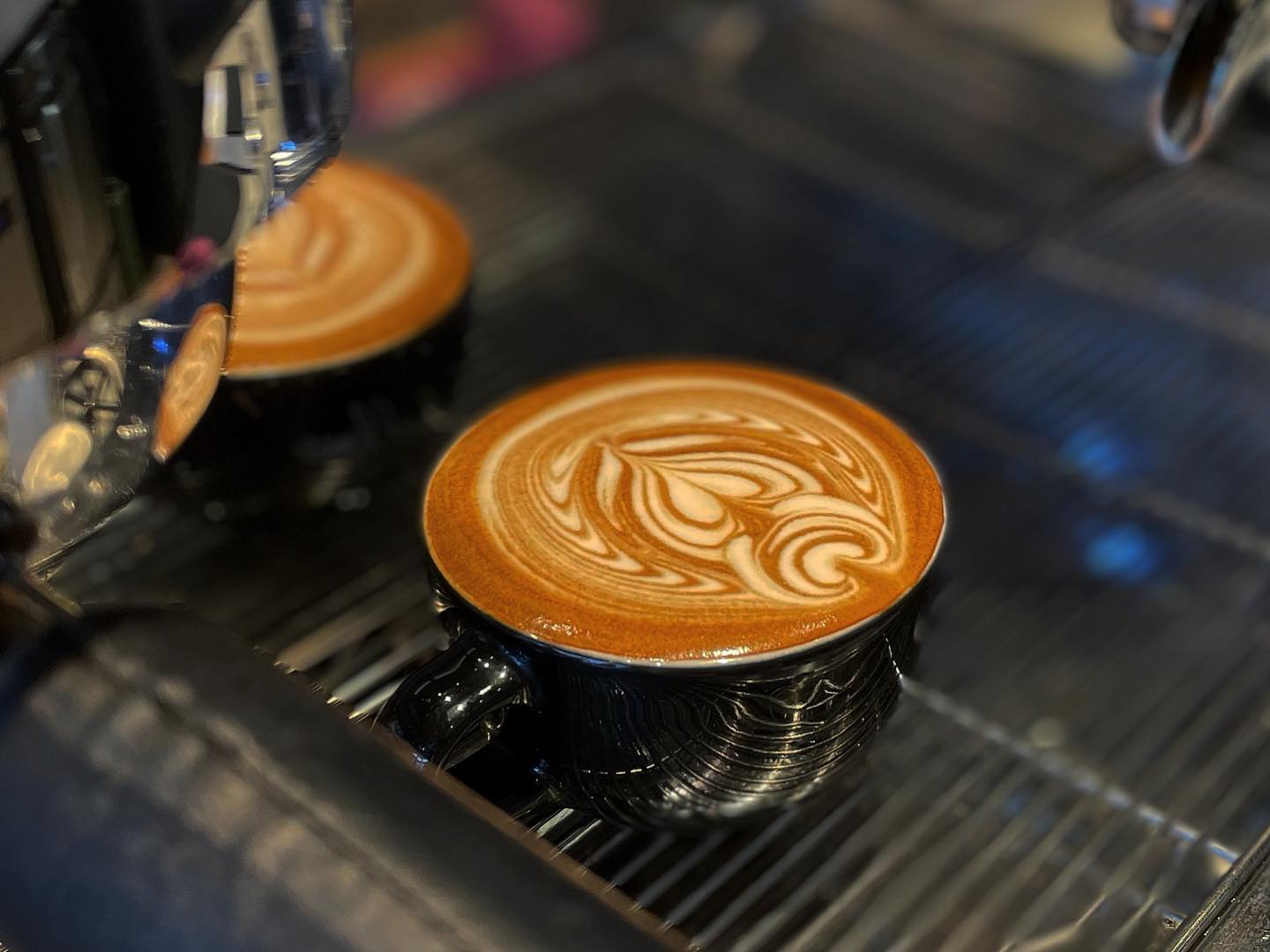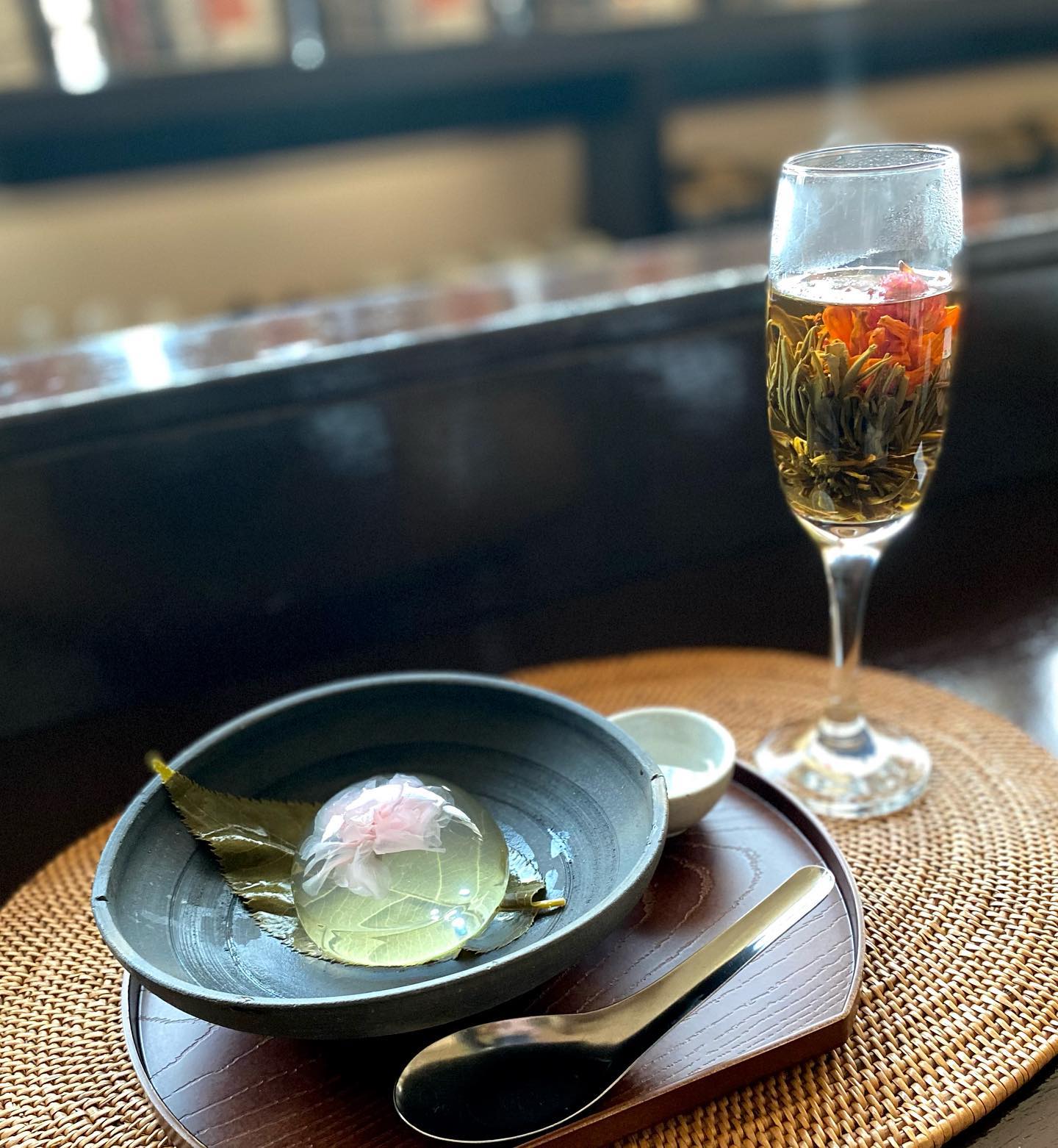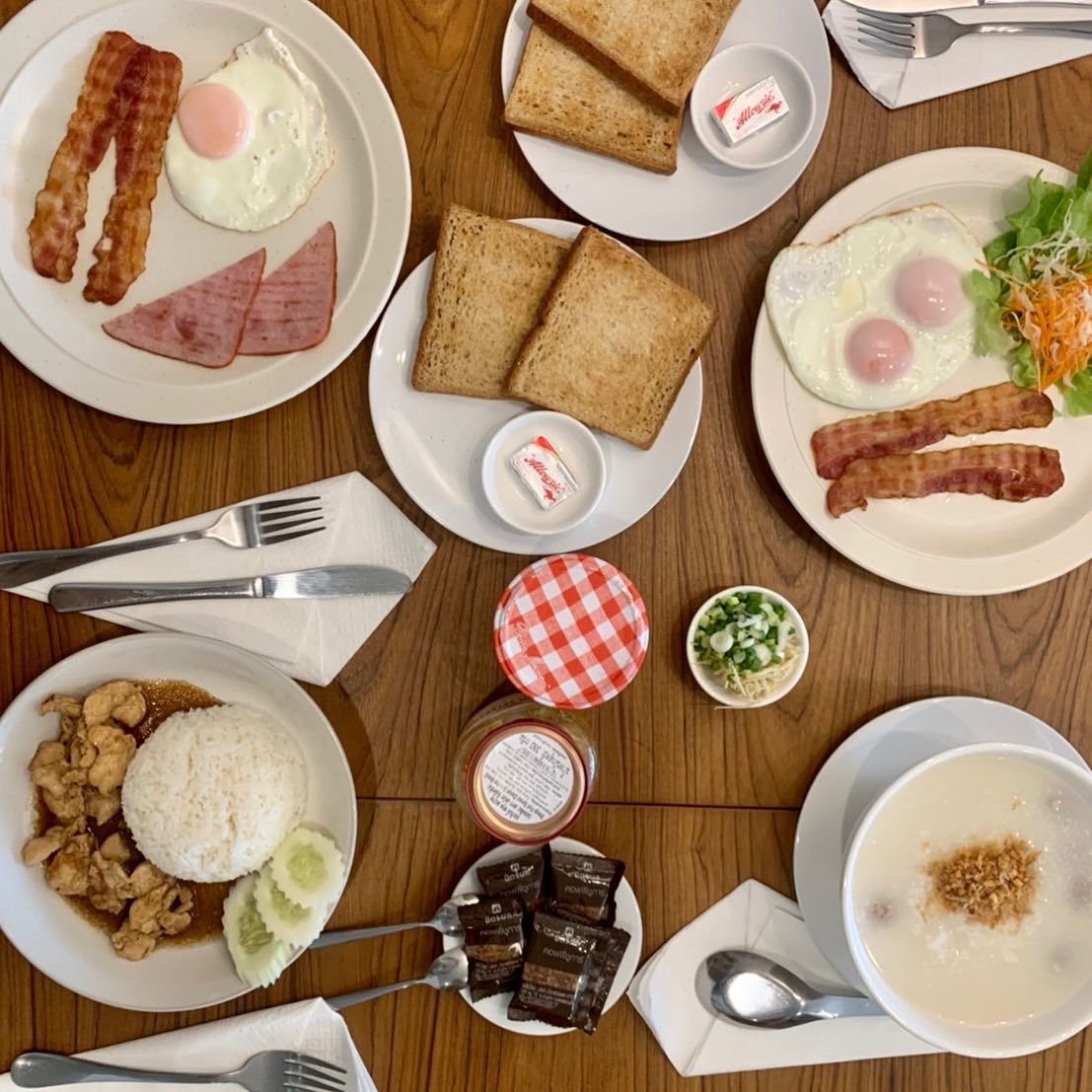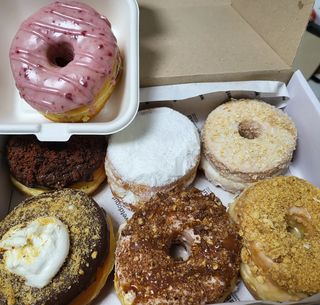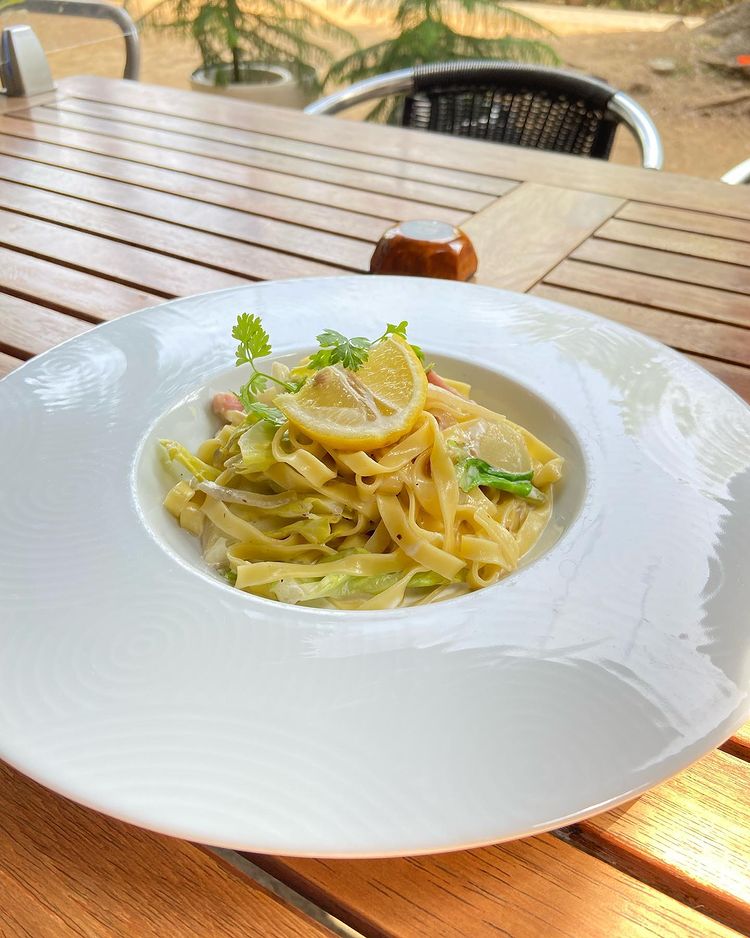Coffee isn’t just a drink—it’s a lifestyle, a ritual, and for many, the first step to a productive day. Walk into any café, and you’re faced with a menu full of exotic names: espresso, cappuccino, flat white, mocha, and more. But what if you could recreate these café favorites in your own kitchen?
The truth is, with a little know-how and practice, you can. Let’s dive into the world of coffee and learn how to make different types, from classic espressos to indulgent mochas, so you can impress your taste buds (and maybe even your friends).
1. Espresso – The Heart of It All
Why it’s special: Espresso is the base for most coffee drinks. It’s bold, concentrated, and topped with a rich, golden crema.
How to make it:
- Grind: Use fresh beans, ground finely (like table salt).
- Brew: Using an espresso machine, pull a shot with 18–20g of coffee, yielding 30–40ml in about 25–30 seconds.
- Tip: If it tastes too bitter, grind coarser. If it’s too sour, grind finer.
Fun fact: The word espresso means “pressed out” in Italian, referring to the brewing method.
🌊 2. Americano – Smooth and Mellow
Why it’s special: Perfect if you love black coffee but find espresso too strong. It’s essentially espresso + hot water.
How to make it:
- Brew one shot of espresso.
- Add hot water in a 1:2 or 1:3 ratio.
- For a stronger kick, try a double shot base.
Tip: Add the water after the espresso, not before. That way, you preserve the crema and aroma.
🥛 3. Cappuccino – The Creamy Classic
Why it’s special: A balance of espresso, steamed milk, and foam. Light, frothy, and comforting.
How to make it:
- Brew one shot of espresso.
- Steam milk until you have a velvety texture with plenty of foam.
- Pour equal parts espresso, steamed milk, and milk foam.
Pro touch: Sprinkle cocoa or cinnamon on top for that café finish.
☁️ 4. Latte – Smooth and Milky
Why it’s special: A latte is like a cappuccino’s creamier cousin, with more milk and less foam.
How to make it:
- Pull one shot of espresso.
- Steam about 200ml of milk, keeping foam light.
- Pour milk over espresso and top with just a thin layer of foam.
Pro tip: This is the best canvas for latte art—practice making hearts, rosettas, or tulips!
🎯 5. Flat White – The Barista’s Favorite
Why it’s special: Stronger than a latte, smoother than a cappuccino. Originating from Australia/New Zealand, it’s all about creamy microfoam.
How to make it:
- Pull a double shot of espresso.
- Steam milk until silky (avoid thick froth).
- Pour gently, blending the coffee and milk seamlessly.
Difference from latte? A flat white has less milk and finer foam, giving more coffee punch.
🌟 6. Macchiato – The Espresso’s Accent
Why it’s special: “Macchiato” means “stained” in Italian. It’s just espresso with a dash of milk.
How to make it:
- Pull one shot of espresso.
- Add a spoonful of milk foam or a splash of steamed milk.
Variations:
- Latte macchiato: Reverse version—hot milk “stained” with espresso.
🍫 7. Mocha – Coffee Meets Chocolate
Why it’s special: For those who want the richness of coffee with the sweetness of chocolate.
How to make it:
- Mix a shot of espresso with 1–2 tablespoons of chocolate syrup or cocoa.
- Add steamed milk.
- Top with whipped cream or a dusting of cocoa powder.
Fun twist: Try a white mocha with white chocolate syrup for a creamier flavor.
❄️ 8. Cold Brew – Smooth and Refreshing
Why it’s special: A summer favorite, cold brew is low in acidity and naturally sweeter.
How to make it:
- Coarsely grind coffee beans.
- Mix with cold water (1:4 ratio).
- Steep in the fridge for 12–24 hours.
- Strain and serve over ice.
Pro tip: Dilute with water or milk before drinking—it’s very concentrated.
🧊 9. Iced Coffee – Quick and Cool
Why it’s special: Unlike cold brew, iced coffee is simply regular coffee chilled and served over ice.
How to make it:
- Brew hot coffee (stronger than usual).
- Let it cool slightly, then pour over ice.
- Add sugar syrup or milk if you like.
Bonus idea: For less dilution, freeze leftover coffee into ice cubes and use them instead of water-based ice.
More About: How to Stop Coffee from Staining Your Teeth
🎀 Extra Variations to Try
- Affogato: A scoop of vanilla ice cream drowned in a shot of hot espresso.
- Cortado: Equal parts espresso and warm milk—smooth yet strong.
- Irish Coffee: Espresso spiked with whiskey, sugar, and topped with cream.
Read More: How to Stop Diarrhea from Coffee
🔑 Final Thoughts: Your Coffee Journey
Learning how to make different coffees isn’t about memorizing recipes—it’s about experimenting and finding your personal taste. Start with the basics (espresso, latte, cappuccino), then branch out into creative variations. Invest in fresh beans, a good grinder, and practice milk steaming—it’ll make all the difference.
The beauty of coffee is that it’s endlessly customizable. Whether you like it bold and black, creamy and sweet, or chilled and refreshing, there’s a brew for every mood and moment. So, grab your beans and get brewing—you’re just a few steps away from becoming your own favorite barista.
FAQ’s About Making Different Coffees
A latte has more steamed milk and only a thin layer of foam, making it creamier and smoother. A cappuccino, on the other hand, has equal parts espresso, steamed milk, and foam, resulting in a stronger coffee flavor with a frothier texture.
Yes! While an espresso machine gives the most authentic results, you can use alternatives like a French press, AeroPress, or moka pot to make concentrated coffee. These can act as espresso substitutes when making drinks like lattes, cappuccinos, or mochas at home.
Whole milk froths the easiest and gives the creamiest texture due to its fat content. Skim milk creates larger, lighter foam, while plant-based milks like oat, almond, or soy can also froth well (though results vary by brand).
A quick hack is to freeze leftover coffee in ice cube trays. Use these coffee cubes instead of regular ice, so when they melt, your drink stays flavorful instead of diluted.
A latte or iced coffee is usually the easiest starting point. Both require minimal technique, and you can experiment with flavors by adding syrups, spices, or chocolate. As you get comfortable, you can move on to cappuccinos or flat whites, which need more skill in milk frothing.
Checkout: How to Use the Krups Coffee Maker
